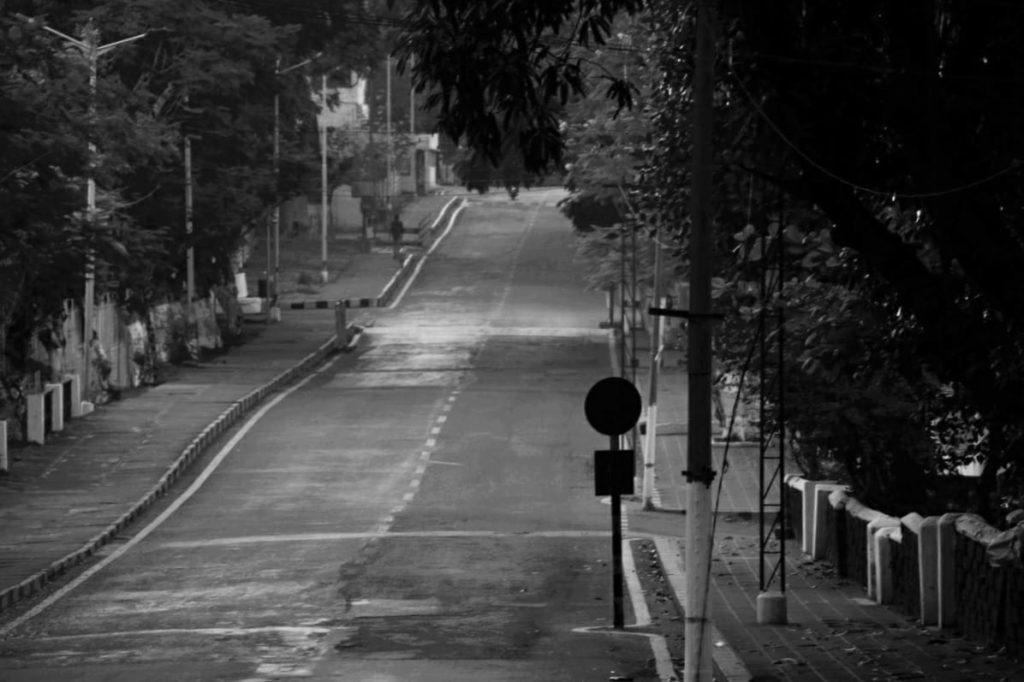
Caught in a bedlam, desperate need of clarity?
In this troubled period, we at MTTN greet you with an optimistic hope that you are well and making the most of this lockdown. Not necessarily by being productive, but also by treating yourself to some much-needed self-care. While measures are being taken to keep everyone safe, the realisation remains that discomfort usually arises due to a lack of certainty or knowledge about something. Keeping that in mind, we at MTTN collaborated with OutLawed. The organisation aims at creating inclusive spaces for constructive discourse to promote the idea of community building. This collaboration is focused on bringing to light your rights as a citizen during these confusing times.
As average citizens, we are all aware that currently, there are certain restrictions on our lives. These unusual restrictions are further being imposed stringently by the Police, bearing heavy punishment and fines. Things we used to do so freely in the past – walking on the streets for an evening stroll, visiting family and friends or even going on a drive are actions that have dire consequences.
What exactly does the word “lockdown” mean?
Lockdown is an emergency protocol brought in by authorities that restricts certain freedoms of the people of the nation, preventing them from leaving their current area of residence. The current lockdown being enforced is preventive to decrease the risk of danger to the general population.
Considering the reason this lockdown was implemented, protocols, rules and regulations to be followed are different. The lockdown was not prompted by a protest, riot or acts of terror. It was to prevent the spread of a highly infectious virus. That will ultimately help in the management of the pandemic and save lives.
Some are comparing the current lockdown to an Emergency. While the two scenarios feel very similar to us as practically, they are constitutionally very different. The Indian Constitution authorizes the President, upon recommendation by the Prime Minister and Cabinet of Ministers to declare an emergency. The Parliament must ratify the Emergency within a month. During Emergency, fundamental rights may be suspended, barring Right to Life and personal liberties.
An Emergency also blurs the lines between the three wings of the Government and dismisses the powers of a State Government. Currently, the Central and State Governments are working in tandem to tackle the situation at hand. According to legal experts, Emergency would have proven counterproductive to the management of the case.
What is the road the government has decided to take?
On the 24th of March, the Central Government invoked the Disaster Management Act, 2005. The government then issued an order directing the ministries or departments of Government of India, state and union territory governments and authorities to implement the measures laid down. The order states that establishments need to be closed, ban on transportation, and limited freedom of movement, allowing only essential services to function.
The Government of India has chosen to declare the epidemic as a “natural disaster”, a move that has become questionable. However, the Constitution, in its current form, does not have any provisions for invoking acts or laws related to a health disaster akin to the one the world is facing. This authorizes the National Disaster Management Authority to issue directions and guidelines to the several state governments, to address the pandemic.
The States have invoked the Epidemic Diseases Act, which similar to the DMA, requires the effective “lockdown” of an area. Health and Police are State subjects, giving the States a more significant role in the implementation of the lockdown.
So, the Central Government isn’t following a previously set guideline but is instead rolling with the punches. National Authorities give directions, but the states can come up with their own. That is, as long as they align with the Central Government’s directives.
At an executive level, which concerns the movement of people, decisions are being taken by senior police officers who are authorized by India’s Criminal Procedure Code. Thus, top-ranking cops, operating within the jurisdictional limits of their districts, are permitted to pass orders restricting individual movement.
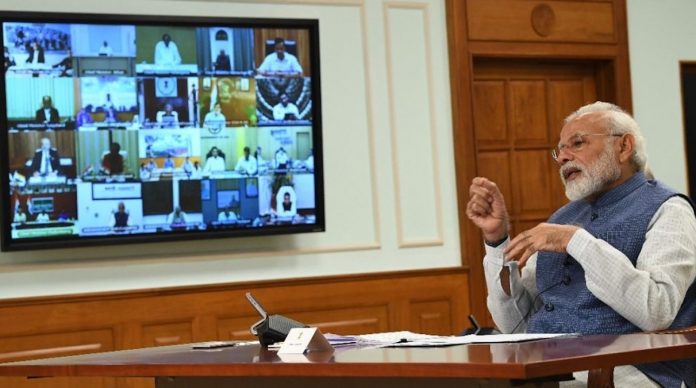
So, what are my rights?
As the situation stands currently, certain rights under Article 19 are curbed, namely the freedom to assemble peacefully without arms and move freely throughout the union territory of India. We cannot leave our houses unless we have legitimate reasons to, and without a mask. Police in all states have set up check posts everywhere, with flouters of the lockdown being caught, and at the extreme, beaten and sent back. The right to trade business is also rolled back, with only people employed in essential services actively working and receiving income (at a reduced rate).
The country is currently divided into three zones – red, orange, and green. The division is done depending upon the number of active COVID-19 positive cases. The rules and regulations to be followed vary depending on the zone and local administration. You can find out which zone your area falls under, along with the rules and regulations here.
One of our rights that cannot be adequately exercised is seeking justice. Since the courts are not fully functional, registered cases cannot get hearings soon enough. That poses a danger to the accuser, and in some cases, the accused. And that’s if the complaints can be filed in the first place – restrictions make it increasingly difficult to reach out for help in such cases.
While we live in unprecedented times, it becomes more important to be aware of our rights. The legalities of the situation and the effects of the lockdown on us need to be known. The Government, essential workers, and social outreach organizations are doing their very best to save our lives.
It’s time to be one with the people and being so standing at least 6 feet away from them.
Written by Rithik Talwar and Siri Rajanahally for MTTN
Edited by Vaishnavi Karkare
Featured Image by Clive Winston
Graphic by Sara Dharmik
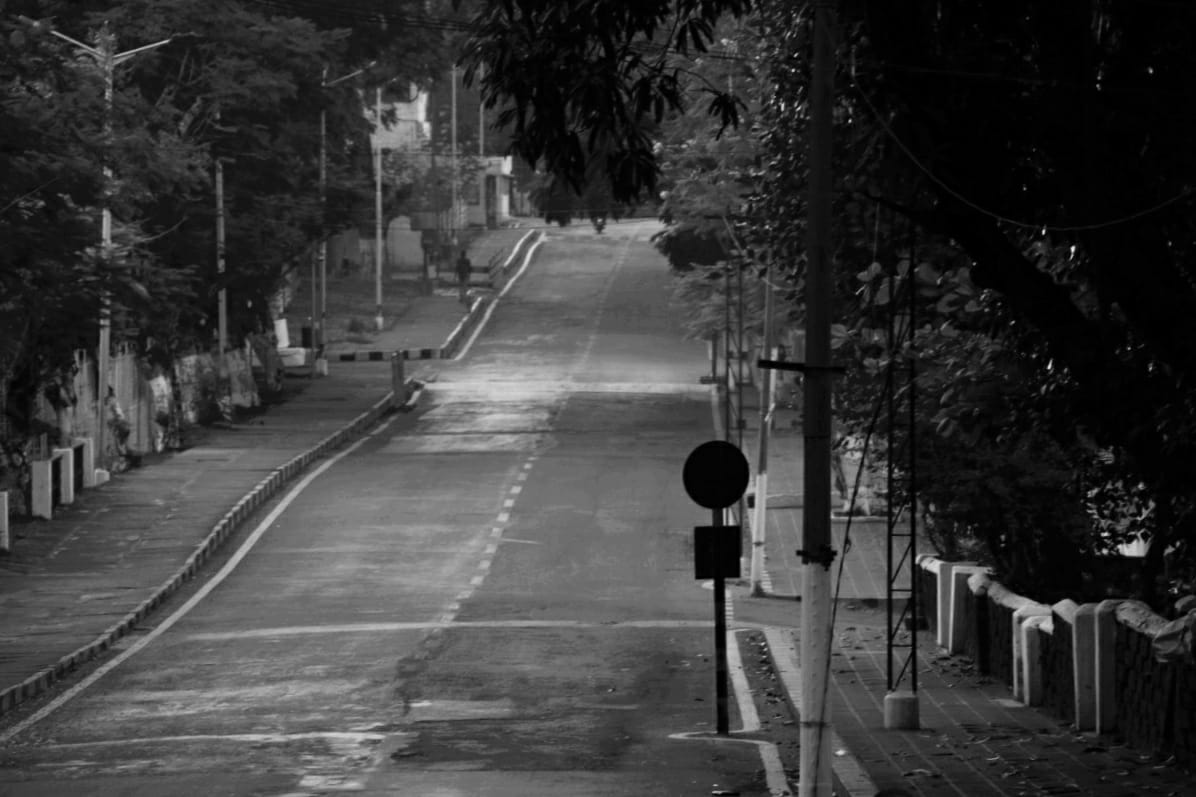
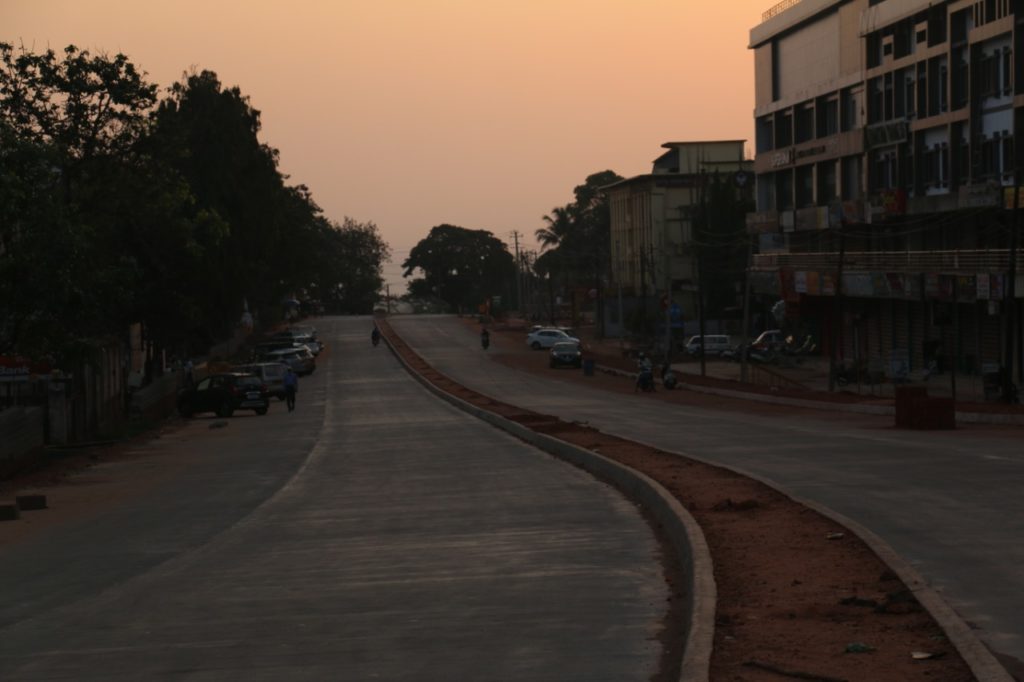
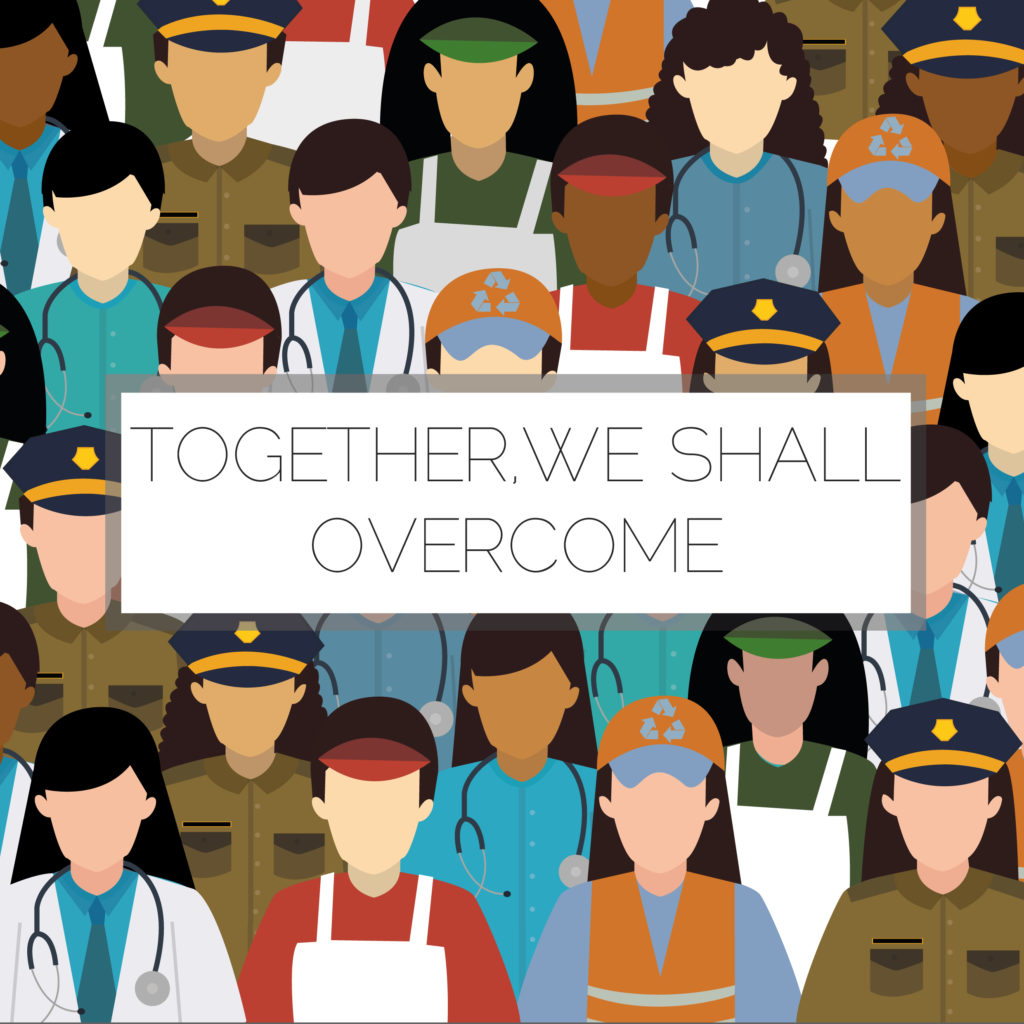
Leave a Reply
You must be logged in to post a comment.